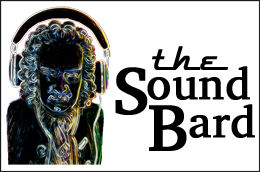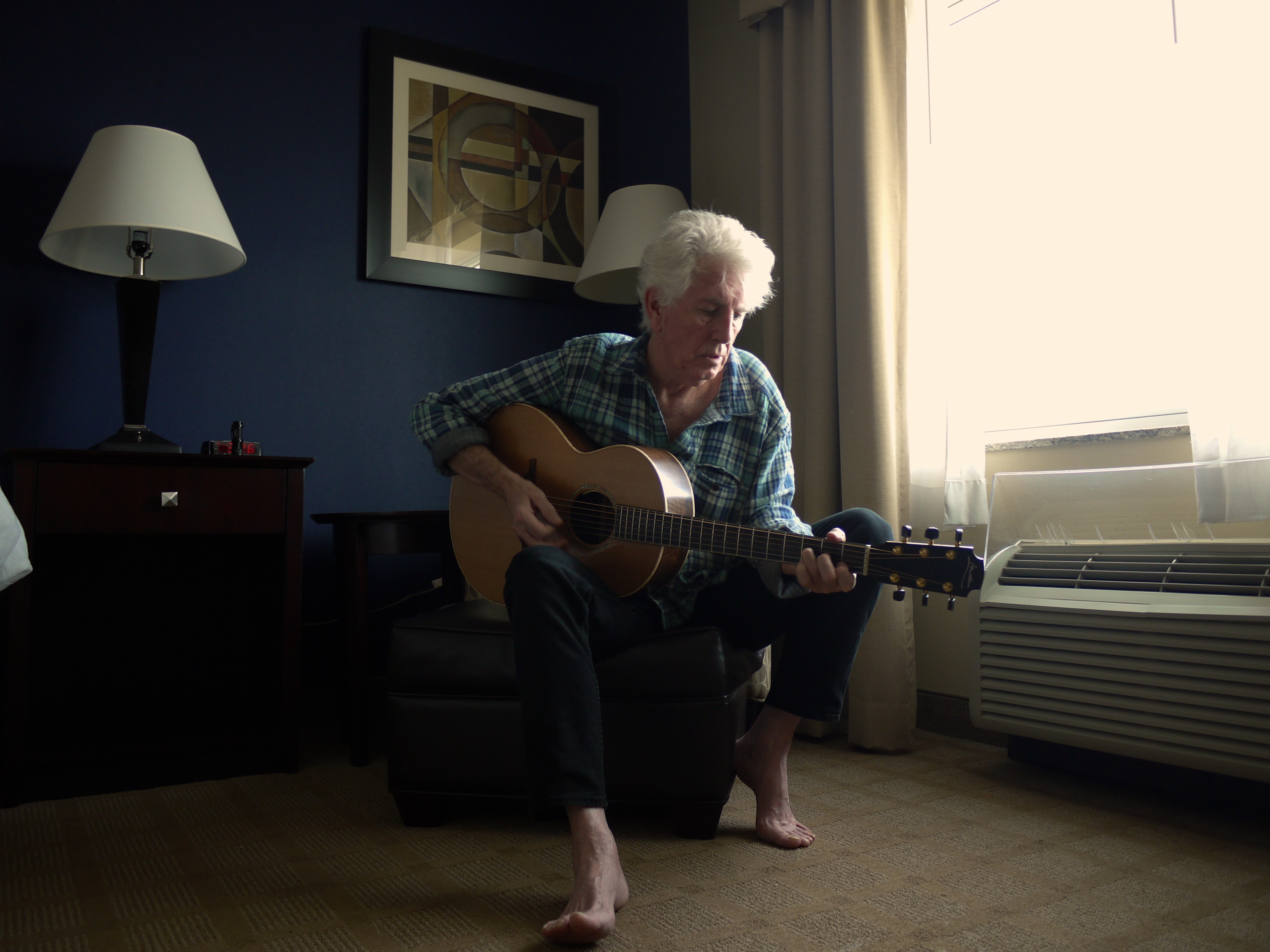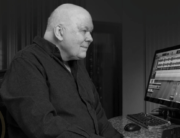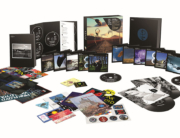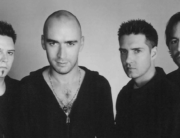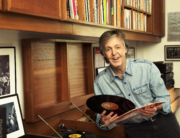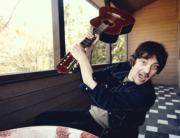BY MIKE METTLER – APRIL 19, 2016
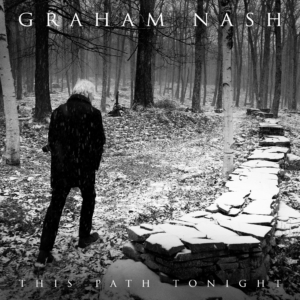 The emperor has no clothes. In this scenario, the emperor is Graham Nash, the legendary British component of Crosby, Stills & Nash (and sometimes Young), and no clothes refers to his new solo album This Path Tonight, which was released on April 15, 2016 on various formats via Blue Castle Records.
The emperor has no clothes. In this scenario, the emperor is Graham Nash, the legendary British component of Crosby, Stills & Nash (and sometimes Young), and no clothes refers to his new solo album This Path Tonight, which was released on April 15, 2016 on various formats via Blue Castle Records.
“I don’t know how much more naked I could be,” Nash told me when we sat down together at the ADA/Warner offices in midtown Manhattan during the early afternoon of April 14. “I start the album [and the title track] with the line, ‘Where are we going?’ It’s about me walking into my future. Shane [Fontayne, guitarist and co-producer] and I wrote 20 songs in a month, and then we recorded the album in 8 days. I couldn’t have been more direct.”
Over on Digital Trends, you can see a videoclip of the two of us discussing streaming, vinyl, and surround sound. You can also read some of Nash’s thoughts about hi-res audio, and why he feels recording in 96/24 is a must: “I want to put you as close to the flame as possible. That’s one of the things I love about Neil [Young]. He’s a stickler for hi-res. I think it puts you closer to that moment of creation in the studio.”
Exclusively to The SoundBard, Graham and I discuss the 192/24 mix he did for last year’s CSNY 1974 Pure Audio Blu-ray box set, and what CSNY-related project he’d like to do next in hi-res.
 Mike Mettler: I had to bring CSNY 1974 along with me today, because when we last talked about it, it was before I had gotten the final Blu-ray version in hand.
Mike Mettler: I had to bring CSNY 1974 along with me today, because when we last talked about it, it was before I had gotten the final Blu-ray version in hand.
Graham Nash: It sounds good, doesn’t it?
Mettler: Yes, it sure does. I still admire the amount of work that you did for it — and then you had to redo it all when Neil asked you to upgrade it from 96 to 192.
Nash: I have to tell you — the most difficult thing about the process for the CSNY 1974 box set was that we had multitracked about nine shows, and my job was to put you somewhere in about the middle-tenth row and make you believe you were listening to one show. The multitracks were all recorded in different environments, different echo spaces, different sizes, indoors, outdoors, etc. For me to let you believe it was one show was the most difficult part of this entire thing.
Mettler: At no point did I feel “out” of it. It came across as one continuous show.
Nash: Good. Perfect. That’s a great compliment. And that’s exactly what we wanted. My only regret is that we couldn’t find a “Carry On” that satisfied us. It’s obviously a great song. We did a couple of great versions of it, but the thing was 14 minutes long live.
Mettler: You told me you had discussed that with Stephen [Stills, the chief songwriter of “Carry On”]. You both agreed that if you couldn’t find an “A” live version, you weren’t going to use a “B.”
Nash: No. We wanted the best performance of each song.
Mettler: We also briefly talked about the “Woodstock at 50” idea. Is that still in progress? [During our interview in New York on June 30, 2014, Nash said to me about celebrating Woodstock at 50, which will occur in 2019: “I’m definitely interested in helping Warner Bros. get the best for it, and not only out of the movie. In my world, you start with the movie, and then you’ve got to rescan it at a higher res. There was an incredible amount of shit that wasn’t put on there. I’ll go through everything that wasn’t on there and I’ll say, ‘Look at this performance by John Sebastian!’”]
Nash: I haven’t heard much from Warner Bros. about it lately, but they know my itinerary and how busy I am. They would like to utilize my services, as someone having been there and performed there. Yeah, it should be interesting. Because, don’t forget, there were 3 days of music, and only 3 hours of a movie. I think Woodstock 50 years later would be a far-out thing to be a part of.
Mettler: You know I’m all for that. OK, to wrap things up, I’m giving you carte blanche. Is there any dream project you’d like to do in the Pure Audio Blu-ray format?
Nash: I would probably do the 1970 CSNY shows at the Fillmore East [in New York on June 2-7, 1970]. A couple of them were filmed, and a couple of them were recorded. We were on fire at that point. I think that might be an interesting record — but, like I’ve said, I’ve been involved in our music [both CSN and CSNY] for the last 10 or 12 years, and I need a break.
